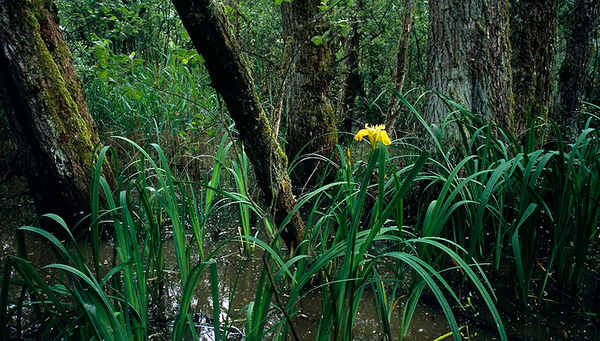Archive detail
Continuing decline in biodiversity
April 21, 2015 |
According to the professionals, the situation of surface waters is equally concerning. “In the lakes, the number of native whitefish species decreased by almost 40 percent between 1950 and 1990 as a result of eutrophication,” reports Eawag’s Florian Altermatt, who was involved in the study. In the meantime, the problem of eutrophication has been largely addressed, but with the introduction of hormone-active substances, active ingredients in pharmaceuticals and plant protection substances, new problems with negative impacts on aquatic organisms have arisen, explains Altermatt. Swiss waters also continue to suffer as a result of habitat loss, and the quality of habitats is also declining, due to construction or insufficient residual water volumes.
Measures to conserve and support rare plants, animals and habitats are to a certain extent proving effective, according to the scientists. In order to achieve a more complete turnaround of the trend, however, far more comprehensive efforts in all areas of society and policy will be needed. For this reason, the implementation of the proposed action plan for a biodiversity strategy in Switzerland is of the utmost importance.

